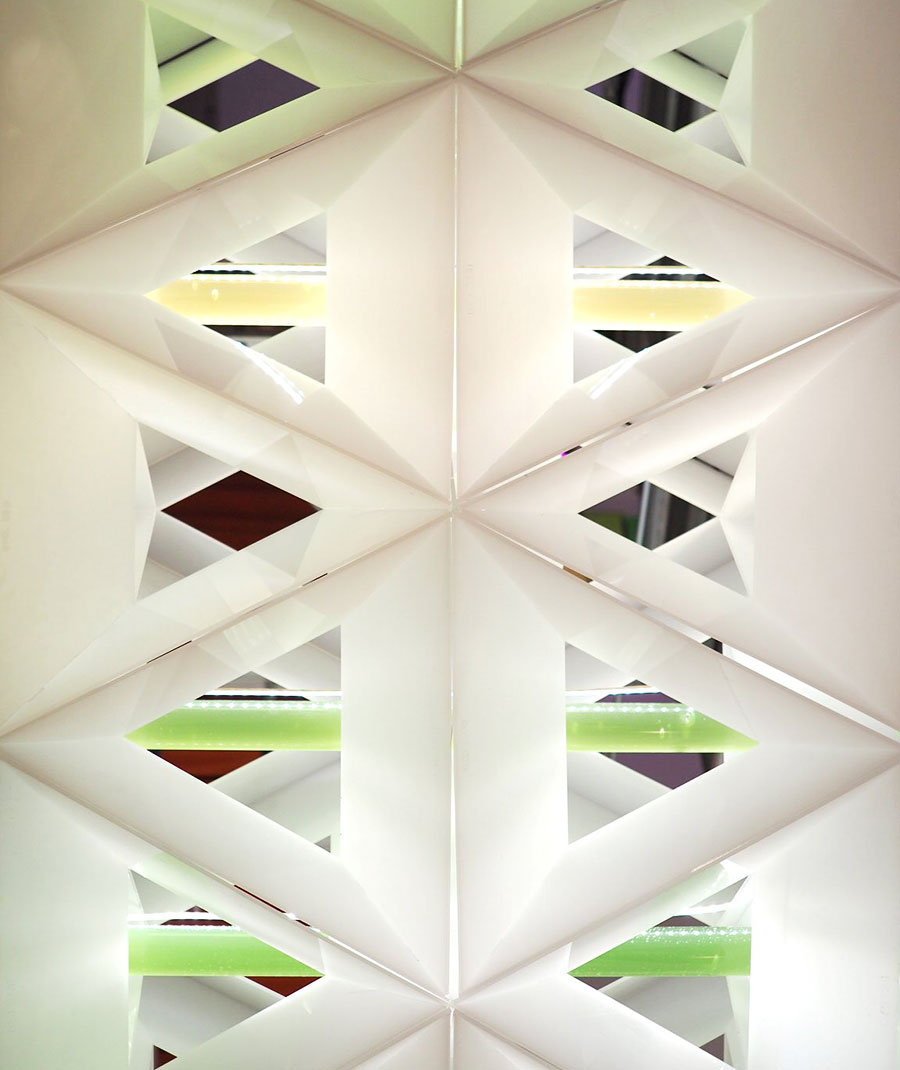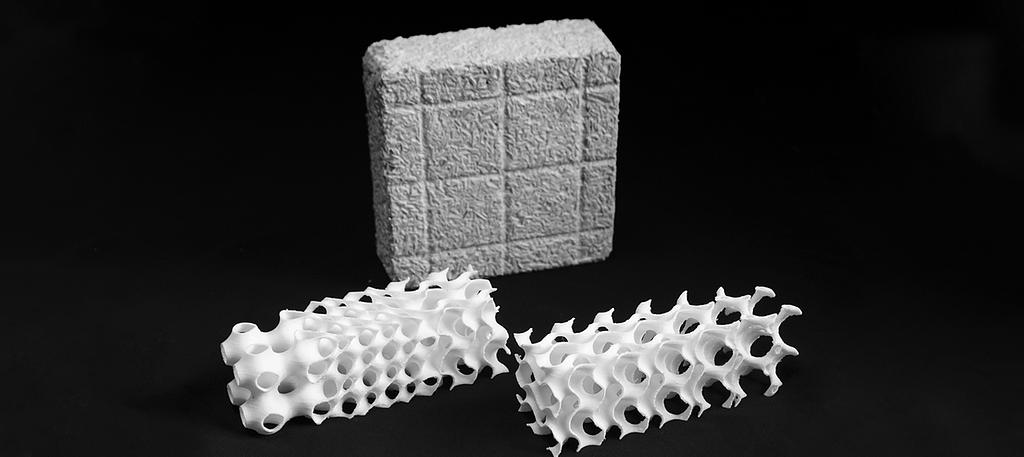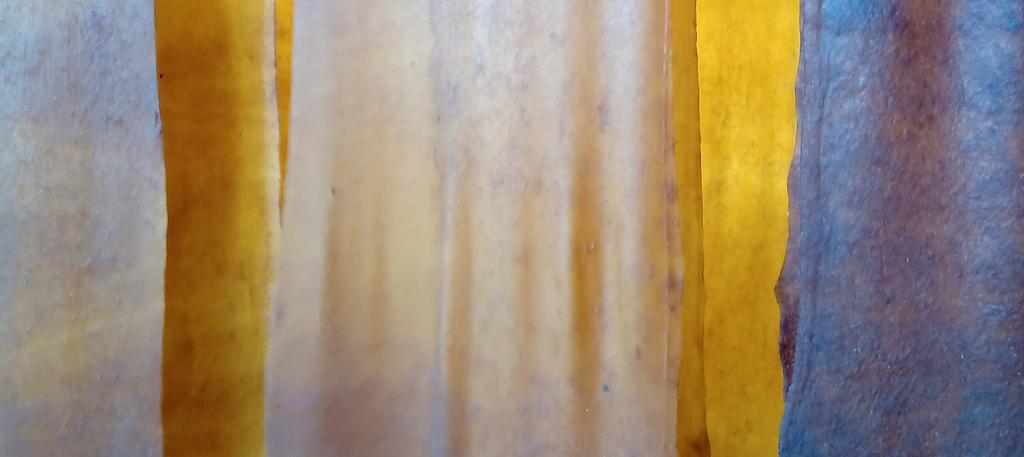Experimental Material Systems Design

This research explores how biological systems can be integrated into architecture to create regenerative urban skins that respond to environmental challenges and promote ecological balance, resilience, and sustainability.

Summary
Drawing on Gregory Bateson's ecological thinking, this research investigates how architecture can evolve into a regenerative, living interface within our rapidly changing environment. As cities grow denser and climate awareness increases, new design approaches envision the building envelope—the skin of the city—as a site for ecological action. Biological organisms offer promising solutions: from producing biodegradable materials to purifying water, reducing air pollution, generating energy, and even supplying food. By embedding living systems into architecture, this work seeks to redefine sustainability as a symbiotic relationship between the built and natural worlds.


